Optimal Timing for Storm Restorations
Understanding when to undertake storm restorations is crucial for effective damage repair and prevention. The timing depends on weather patterns, seasonal conditions, and regional climate factors. Typically, the best time for storm restorations is during periods of calm weather, outside of storm seasons, to allow for thorough assessments and repairs without interruption.
Spring and early summer often provide favorable conditions for storm restorations, as weather is generally stable and conducive to repairs.
Monitoring local weather forecasts helps identify windows of opportunity to perform restorations safely and effectively.
In Virginia, storm seasons typically peak in late summer and early fall, making early winter or late spring ideal for restoration work.
Immediately after storms, assessments can be performed, but major repairs are best scheduled during calmer periods to ensure quality work.
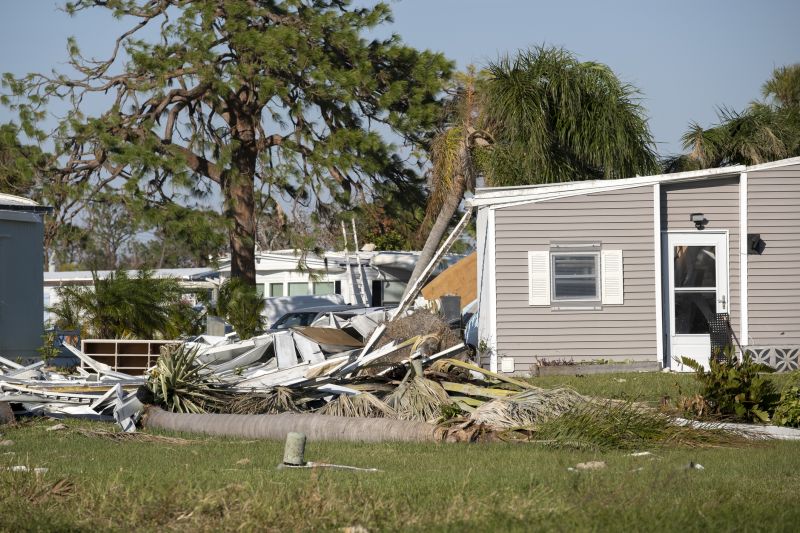
Visual inspection of structures after storms helps determine necessary restoration actions.
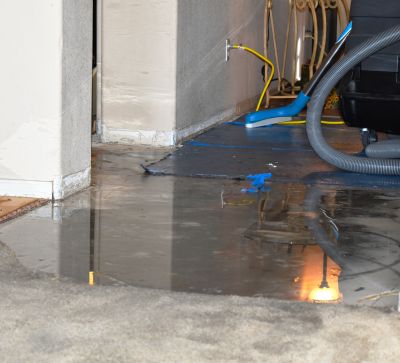
Specialized tools and machinery are used during optimal weather conditions for effective repairs.
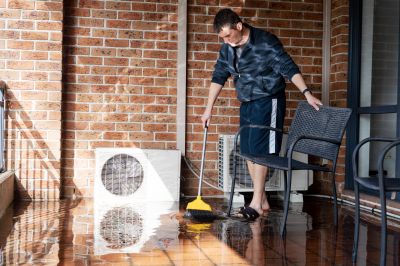
Restoration projects underway during favorable weather ensure timely completion.

Ways to make Storm Restorations work in tight or awkward layouts.

Popular materials for Storm Restorations and why they hold up over time.
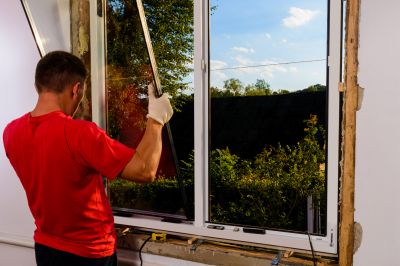
Simple add-ons that improve Storm Restorations without blowing the budget.
| Season | Advantages |
|---|---|
| Spring | Weather is generally mild, allowing for thorough repairs before storm season peaks. |
| Early Summer | Longer daylight hours and stable weather facilitate efficient restoration work. |
| Late Fall | Post-storm assessments and repairs can be completed before winter. |
| Winter | Limited storm activity, but weather conditions may hinder exterior repairs. |
Storm restorations involve repairing and restoring structures damaged by severe weather events such as high winds, heavy rain, and hail. Proper timing ensures that repairs are durable and minimizes the risk of additional damage. Accurate assessments and planning during suitable weather conditions contribute to the longevity of restoration efforts.
Statistics indicate that performing storm restorations during periods of stable weather reduces project delays and improves safety. In regions like Virginia, scheduling during off-peak storm seasons can lead to more efficient use of resources and better outcomes for property resilience.
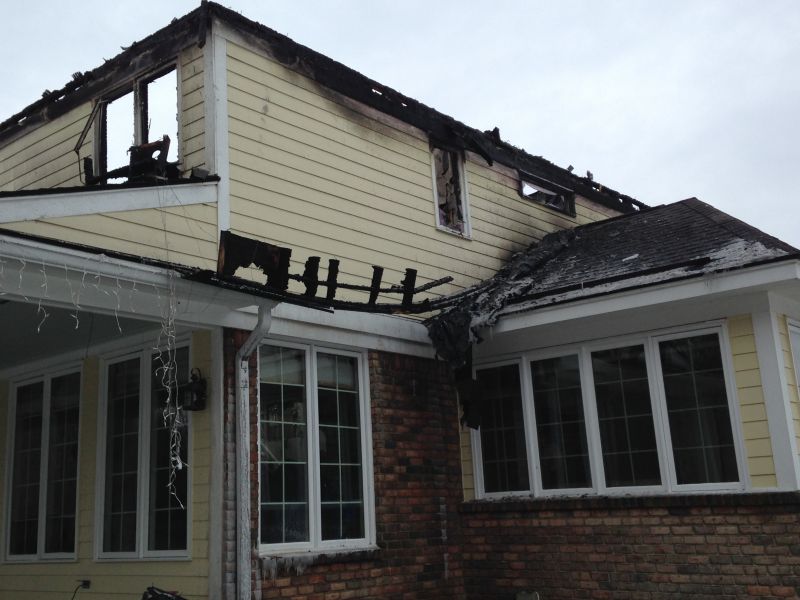
Restoration work restoring damaged roofs and exteriors.
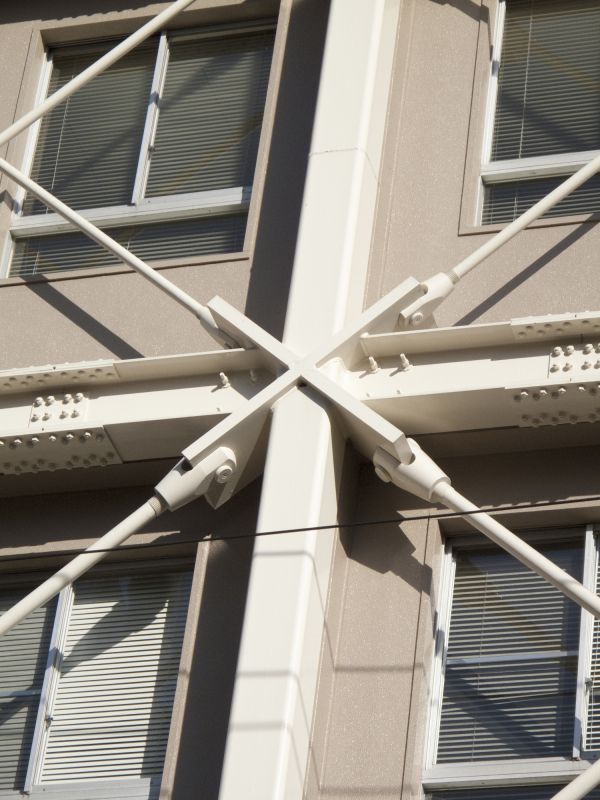
Strengthening weakened structures against future storms.
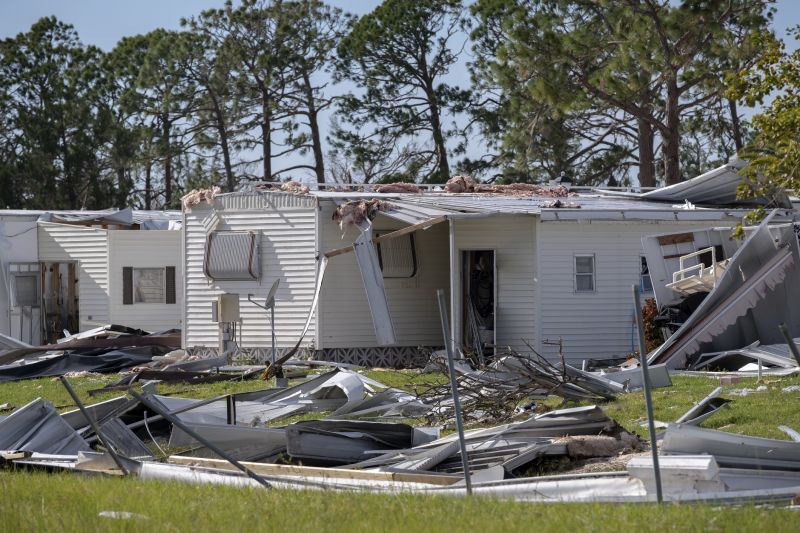
Use of durable materials to enhance storm resistance.
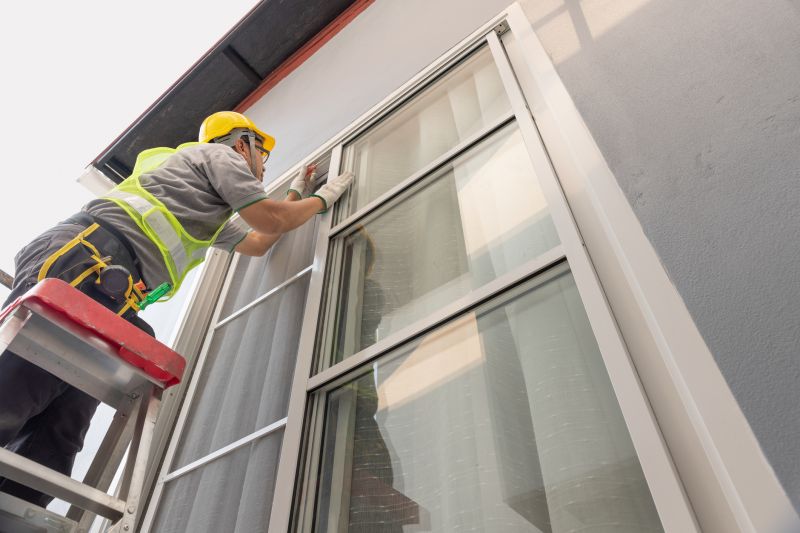
Skilled workers conducting restoration during optimal conditions.
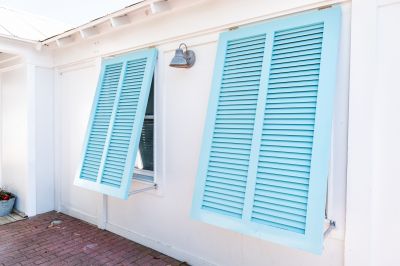
High-end options that actually feel worth it for Storm Restorations.

Finishes and colors that play nicely with Storm Restorations.
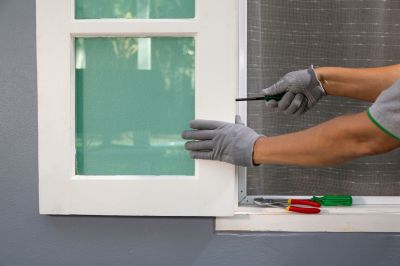
Little measurements that prevent headaches on Storm Restorations day.

A 60-second routine that keeps Storm Restorations looking new.
Interested property owners in Mechanicsville, VA, are encouraged to contact for further information on scheduling storm restorations during the most suitable times. Proper timing not only ensures quality repairs but also enhances the durability of structures against future weather events.

